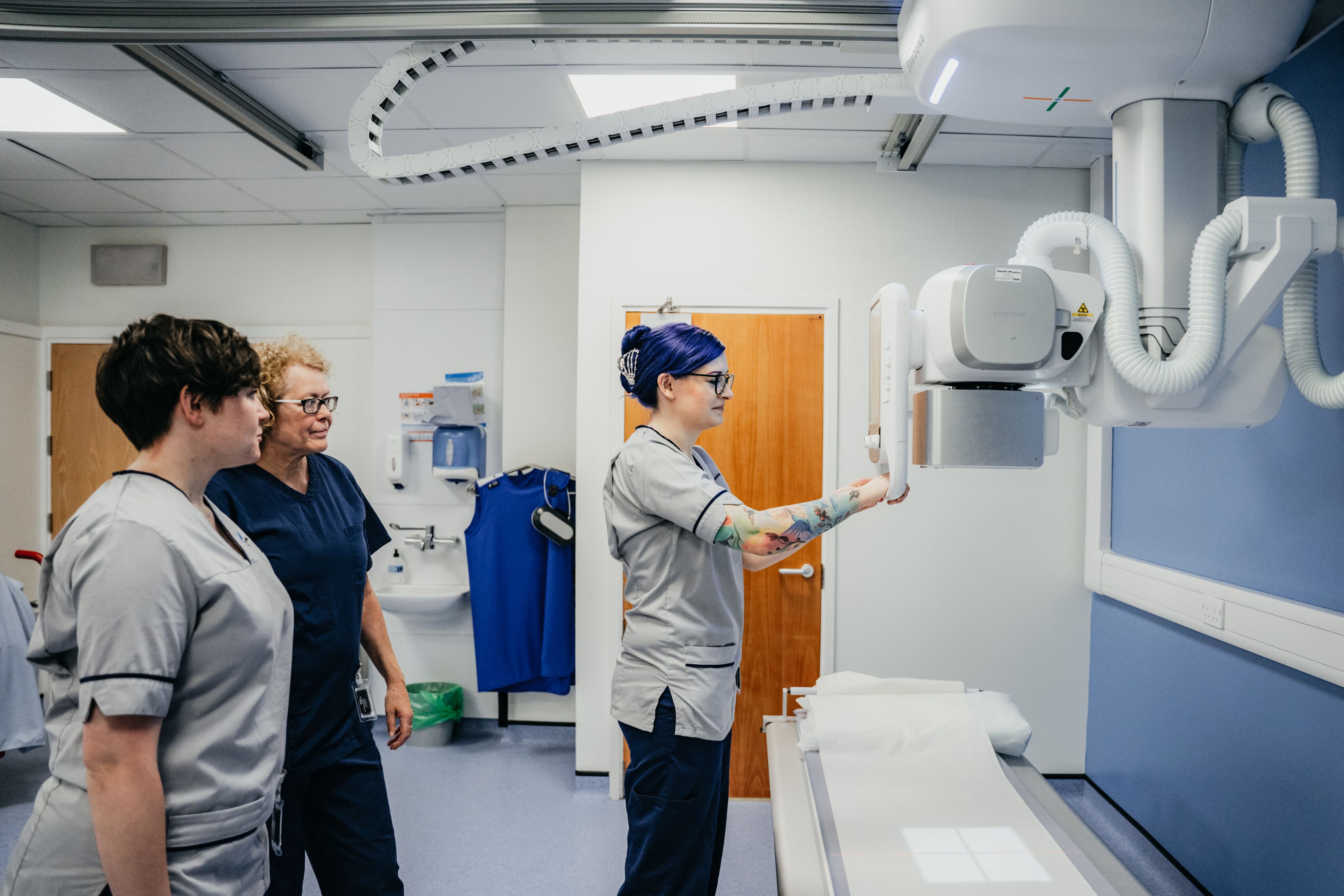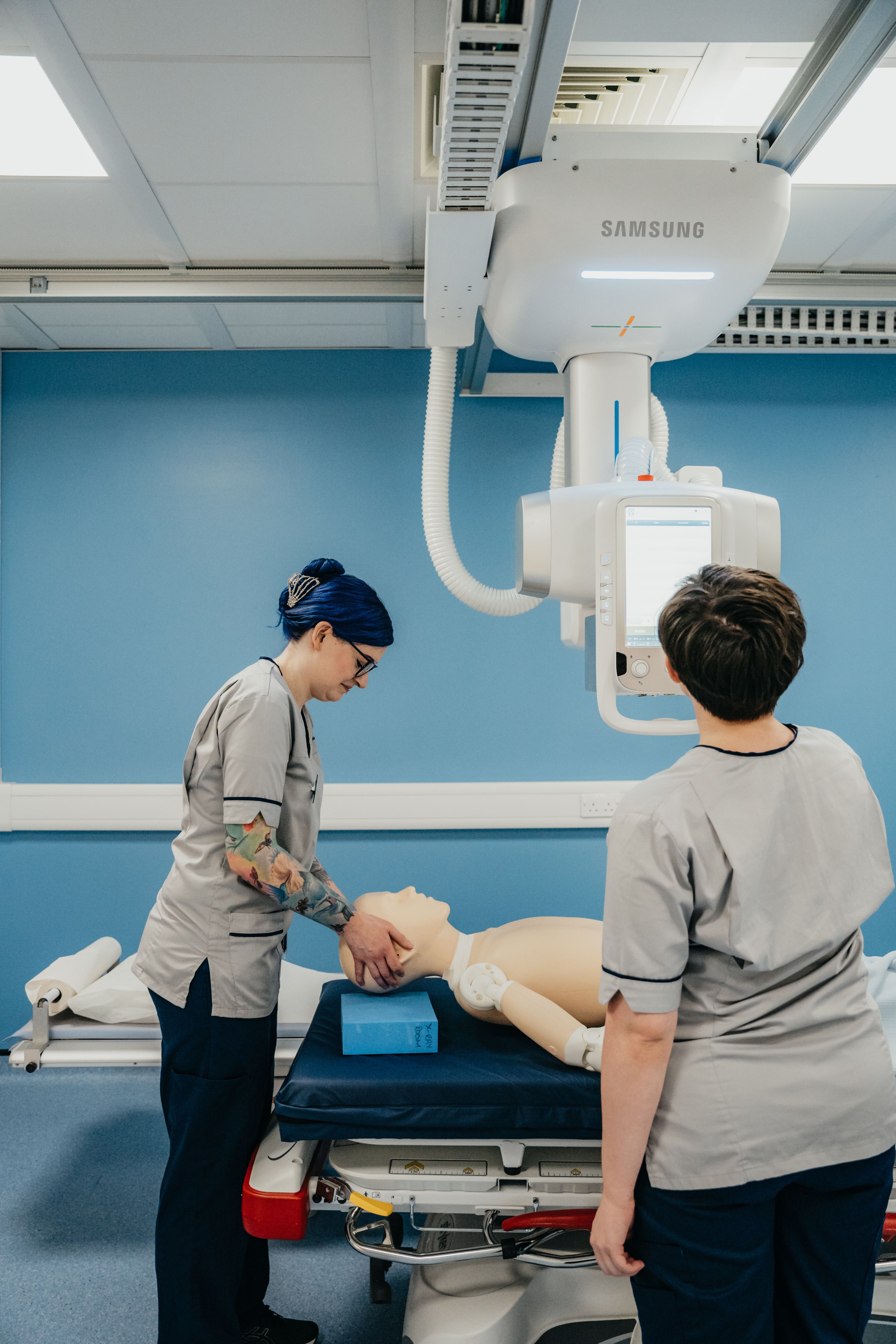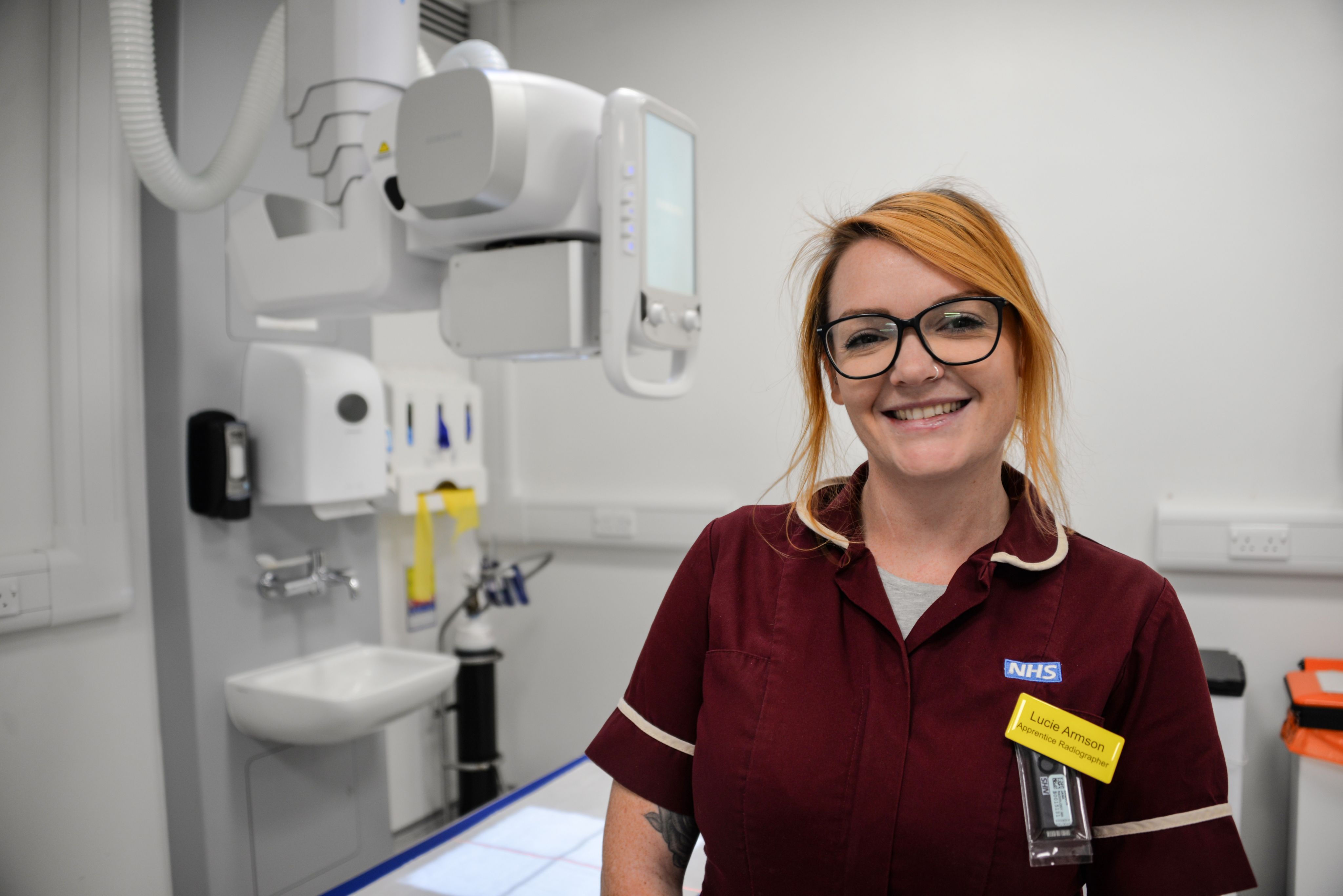
Radiography is a profession open to people with a huge variety of backgrounds and for many radiographers the journey into the profession is far from linear.
With an ever-pressing shortage of radiographers in the NHS, the question of how to attract more people to the profession is a critical subject. Synergy recently spoke with three radiographers who made the switch into the field to share and understand their unique experiences.
Student radiographer Julia Dean came all the way from Tennessee to study radiography at Glasgow Caledonian University after completing a one-year programme in nursing in the US. She soon discovered that the university in Scotland offered her something she couldn’t get back home. “I just felt a bit stuck in my job in the US,” she admits. “Our nursing programmes are a bit different to what they are over here – we’ve got one, two or four-year programmes.
“I had done a one-year one, which you can’t really take anywhere else, and there’s not really any room for growth unless you go back to school for a whole other nursing degree, or just a different degree in general.”
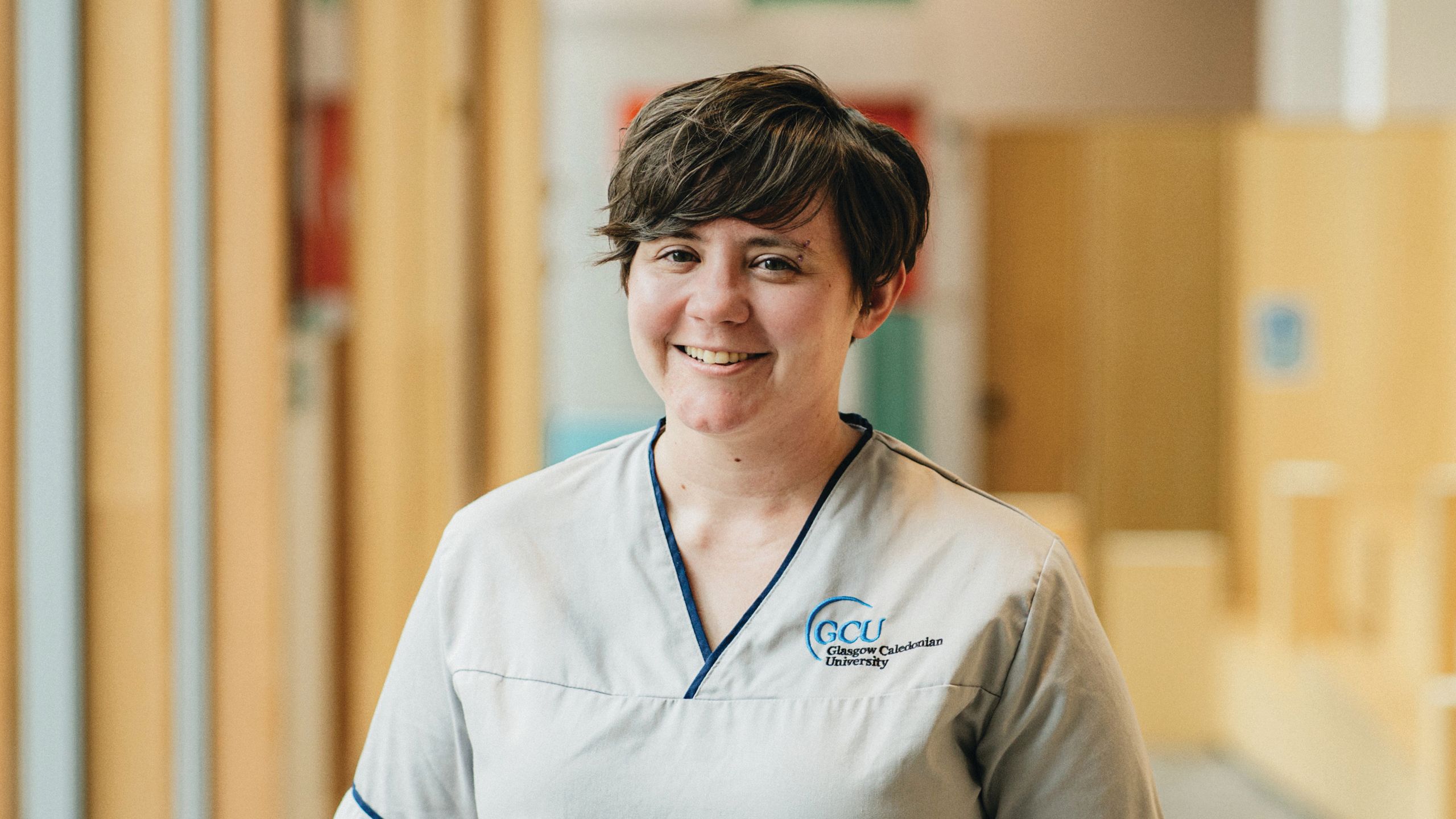
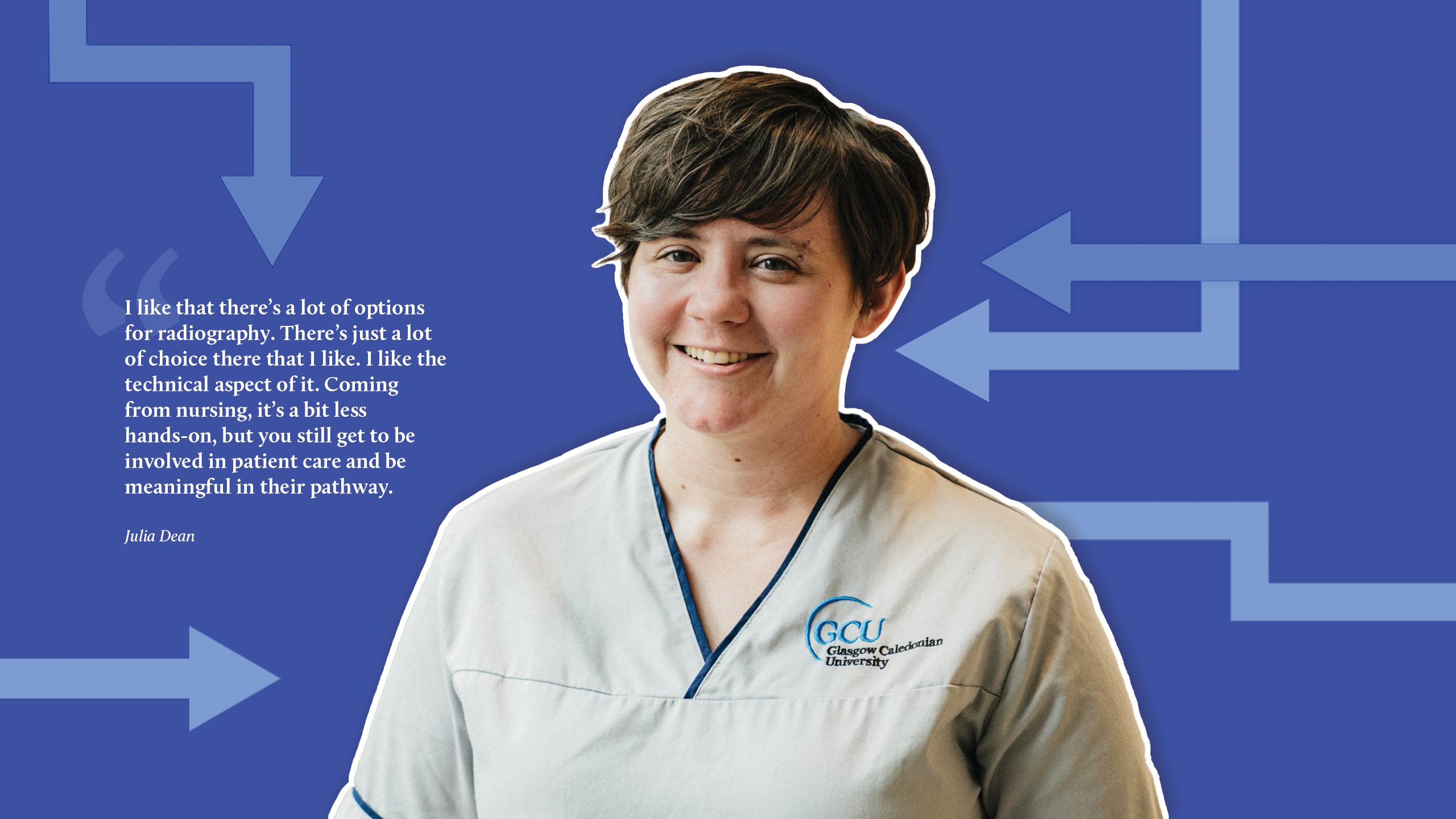
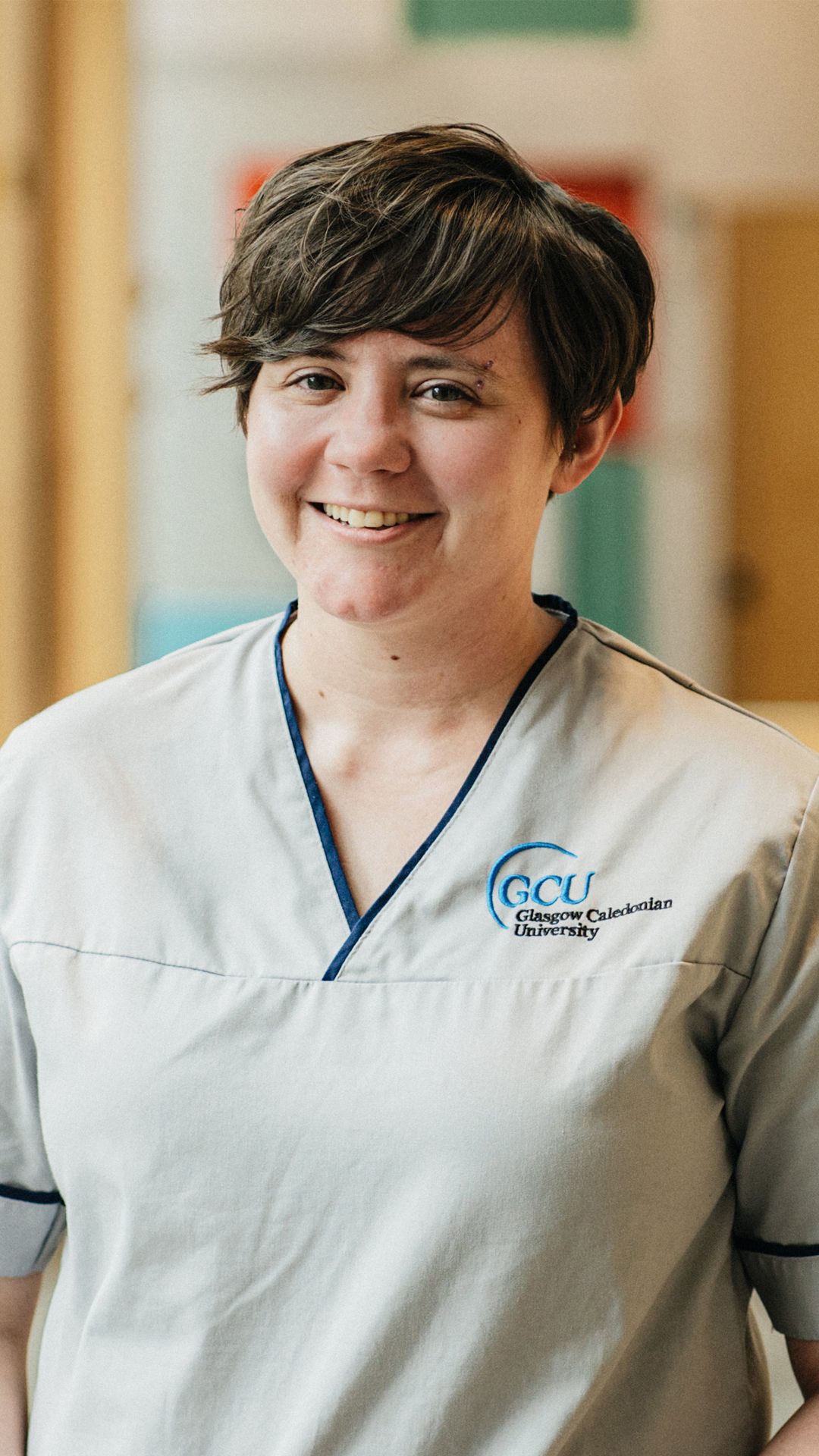

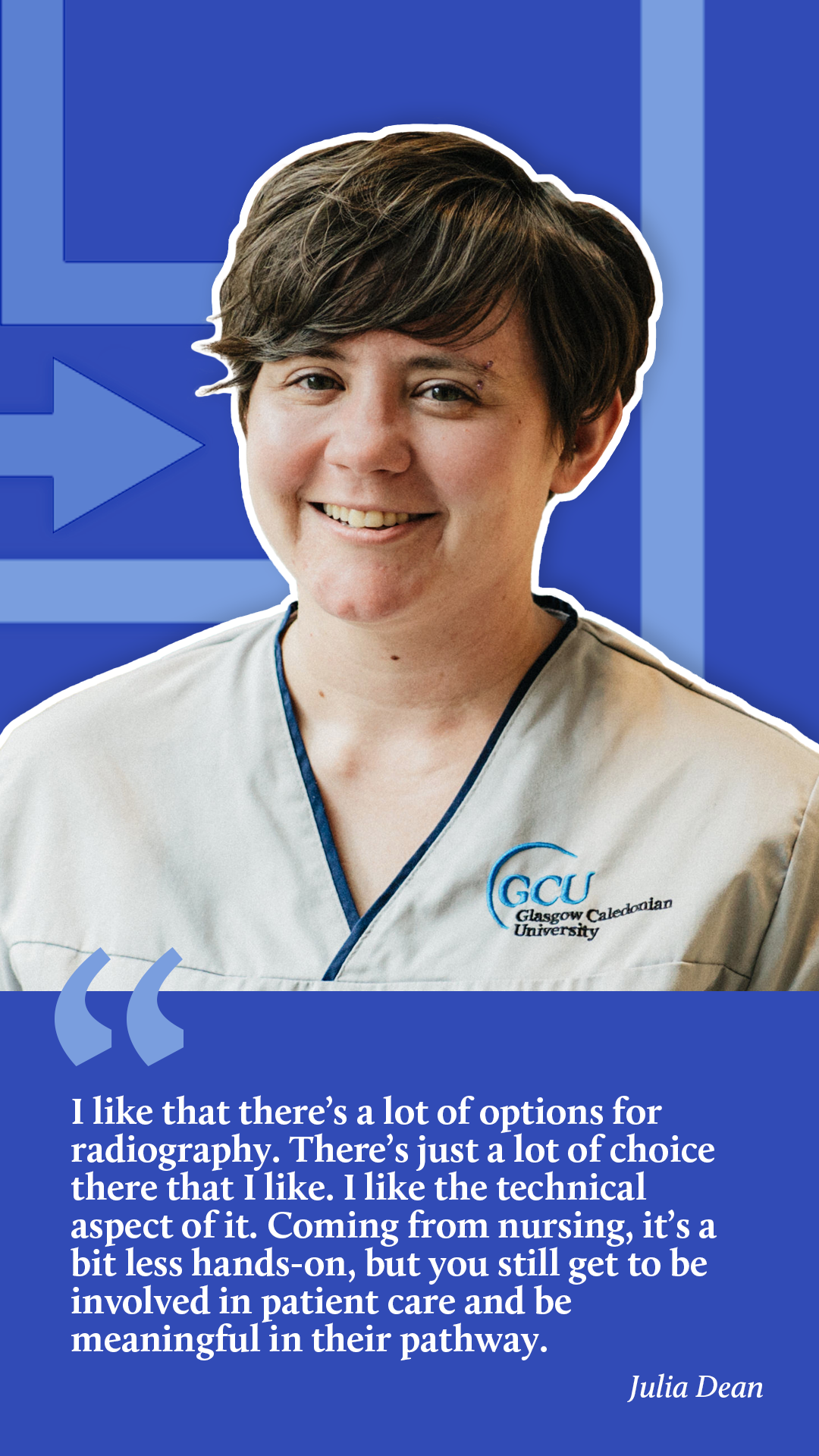
Something for everyone
In July, Synergy visited Glasgow Caledonian University and had a first-hand demonstration by Julia and fellow radiography student Karine Lindsay demonstrating how to use radiography equipment at the university. Unlike Julia, Karine side-stepped into radiography from a job a bit closer to home. She had worked for NHS 24, Scotland’s version of the 111 out-of-hours telephone service – a job she still does on the weekends – before moving to radiography.
Not interested in taking on a managerial role, Karine had two stipulations for her next move: she wanted a role where she remained within the NHS, and a job where she could be involved in patient care without taking on a hands-on role.
Enter radiography. “With radiography, you can be very involved in patient care, but you don’t necessarily have to witness the whole patient journey,” she says. “It was a good option to go to.
“With NHS 24, there are limits on how far you can go in any direction if you don’t want to be management, and I definitely didn’t want to be management. So I was looking at my options, and nursing just wasn’t going to be for me.”
Something for everyone
In July, Synergy visited Glasgow Caledonian University and had a first-hand demonstration by Julia and fellow radiography student Karine Lindsay demonstrating how to use radiography equipment at the university. Unlike Julia, Karine side-stepped into radiography from a job a bit closer to home. She had worked for NHS 24, Scotland’s version of the 111 out-of-hours telephone service – a job she still does on the weekends – before moving to radiography.
Not interested in taking on a managerial role, Karine had two stipulations for her next move: she wanted a role where she remained within the NHS, and a job where she could be involved in patient care without taking on a hands-on role.
Enter radiography. “With radiography, you can be very involved in patient care, but you don’t necessarily have to witness the whole patient journey,” she says. “It was a good option to go to.
“With NHS 24, there are limits on how far you can go in any direction if you don’t want to be management, and I definitely didn’t want to be management. So I was looking at my options, and nursing just wasn’t going to be for me.”
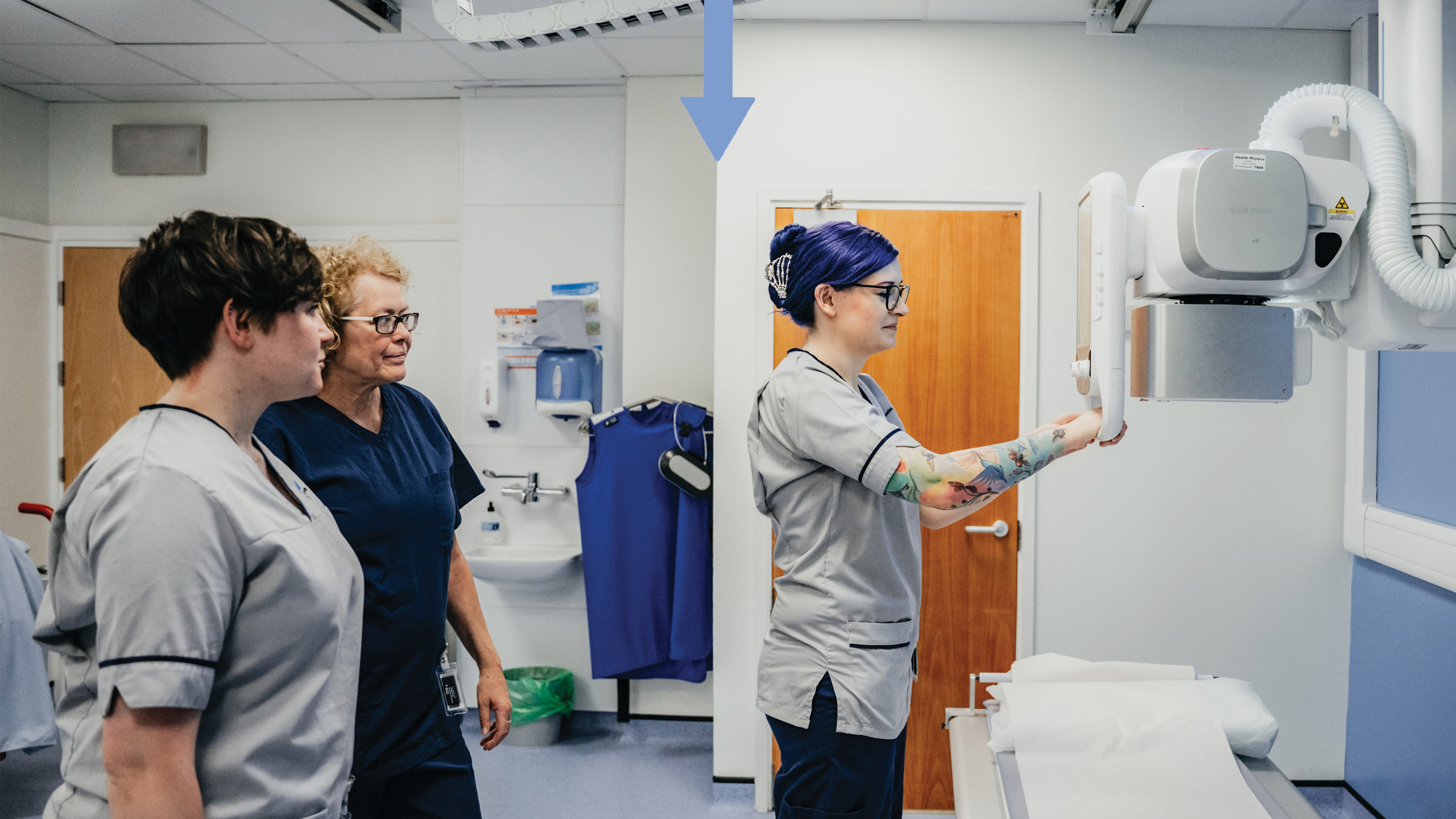
Radiography opens doors
Before studying nursing, Julia gained a bachelor’s degree in modern languages back in the US. Studying radiography in Glasgow allowed her to combine this with her nursing degree. Then there are the added benefits to studying and qualifying as a radiographer in the UK – the reputability of earning a degree here, and the opportunities to work abroad. “There’s a lot of places you can go if you’re qualified in the UK, a lot of different countries, or even within the UK itself,” she explains. “So I was able to travel with that as well.”
For those at the beginning of their radiography careers, the range of specialties offered within the profession can be attractive. Not all Diagnostic Radiographers X-ray broken bones – some work in dentistry, paediatrics, CT or mammography, for example. This range of choice, coupled with how the role fits into treatment pathways, is what ultimately drew Julia to the profession. “I like that there’s a lot of options for radiography,” she says. “There’s just a lot of choice there that I like.
“I like the technical aspect of it. Coming from nursing, it’s a bit less hands-on, but you still get to be involved in patient care and be meaningful in their pathway.”
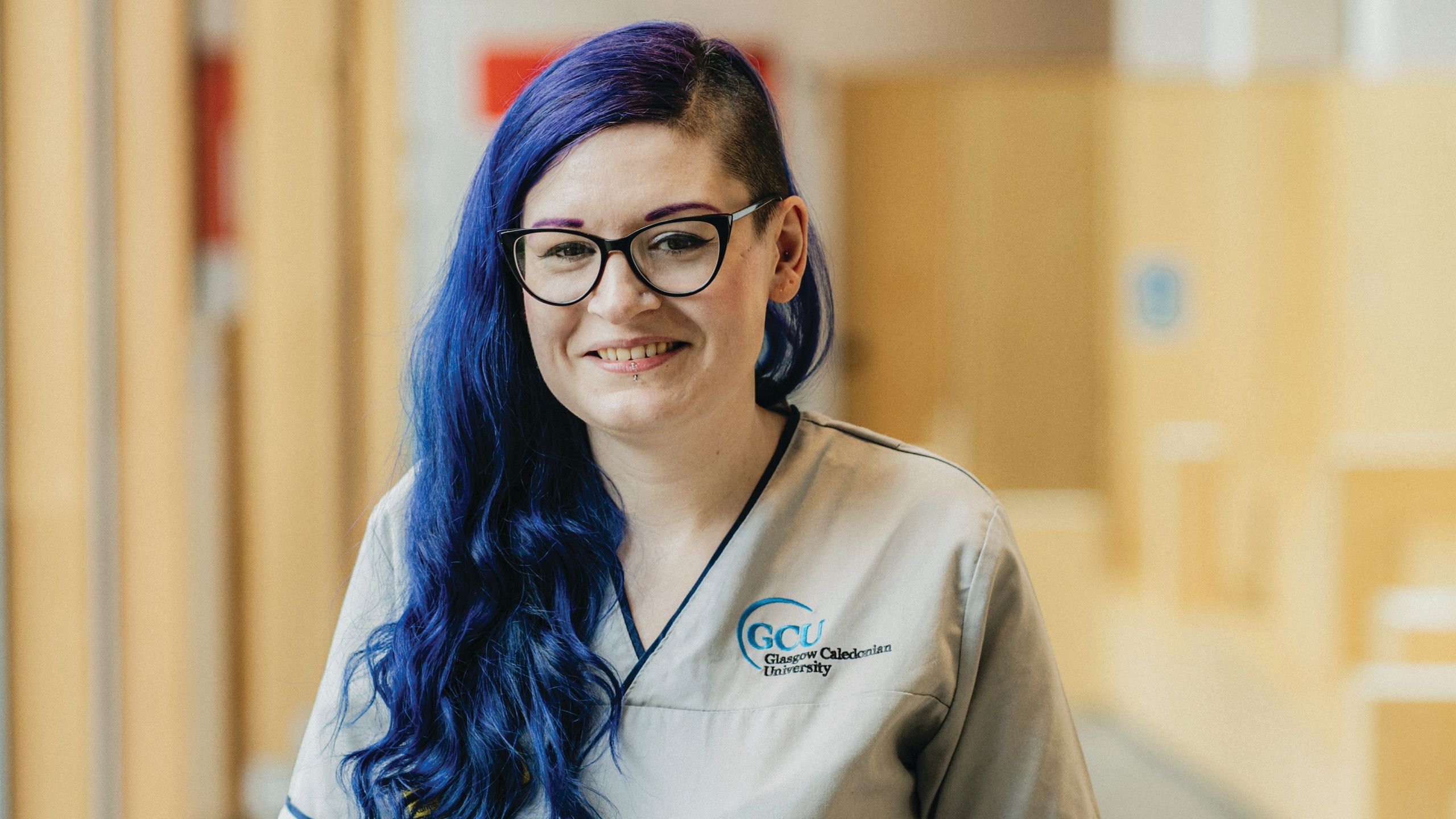
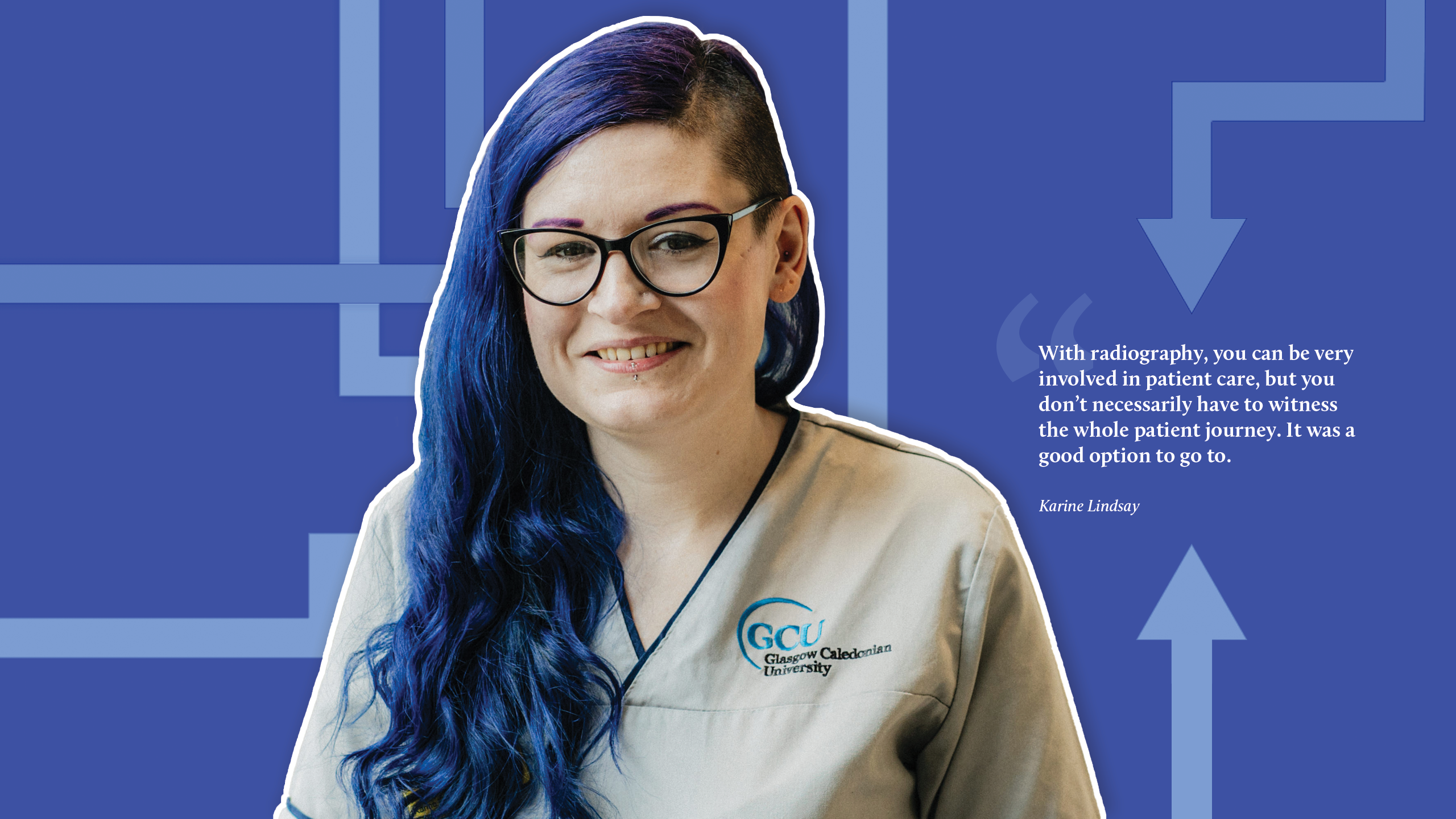
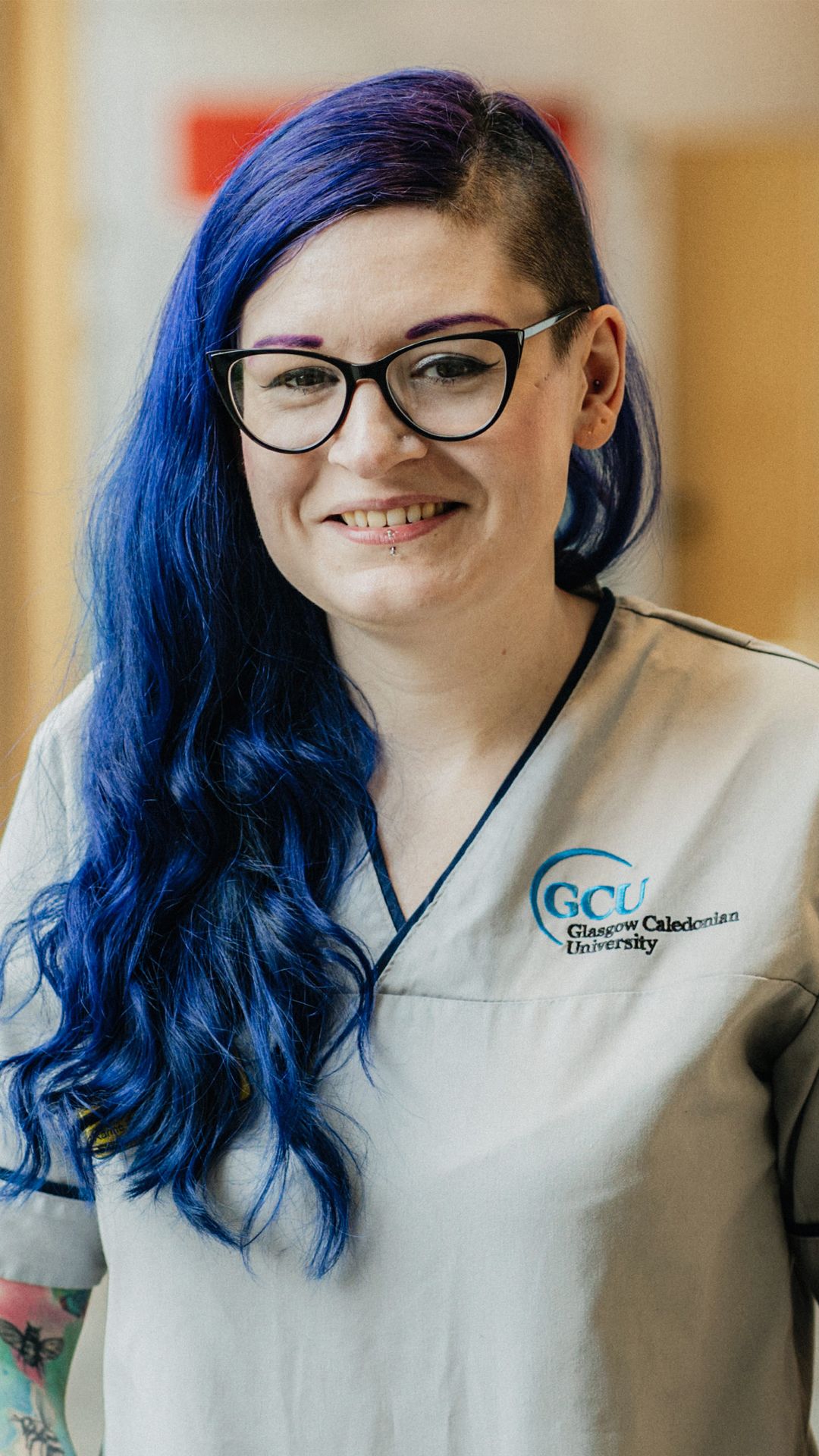
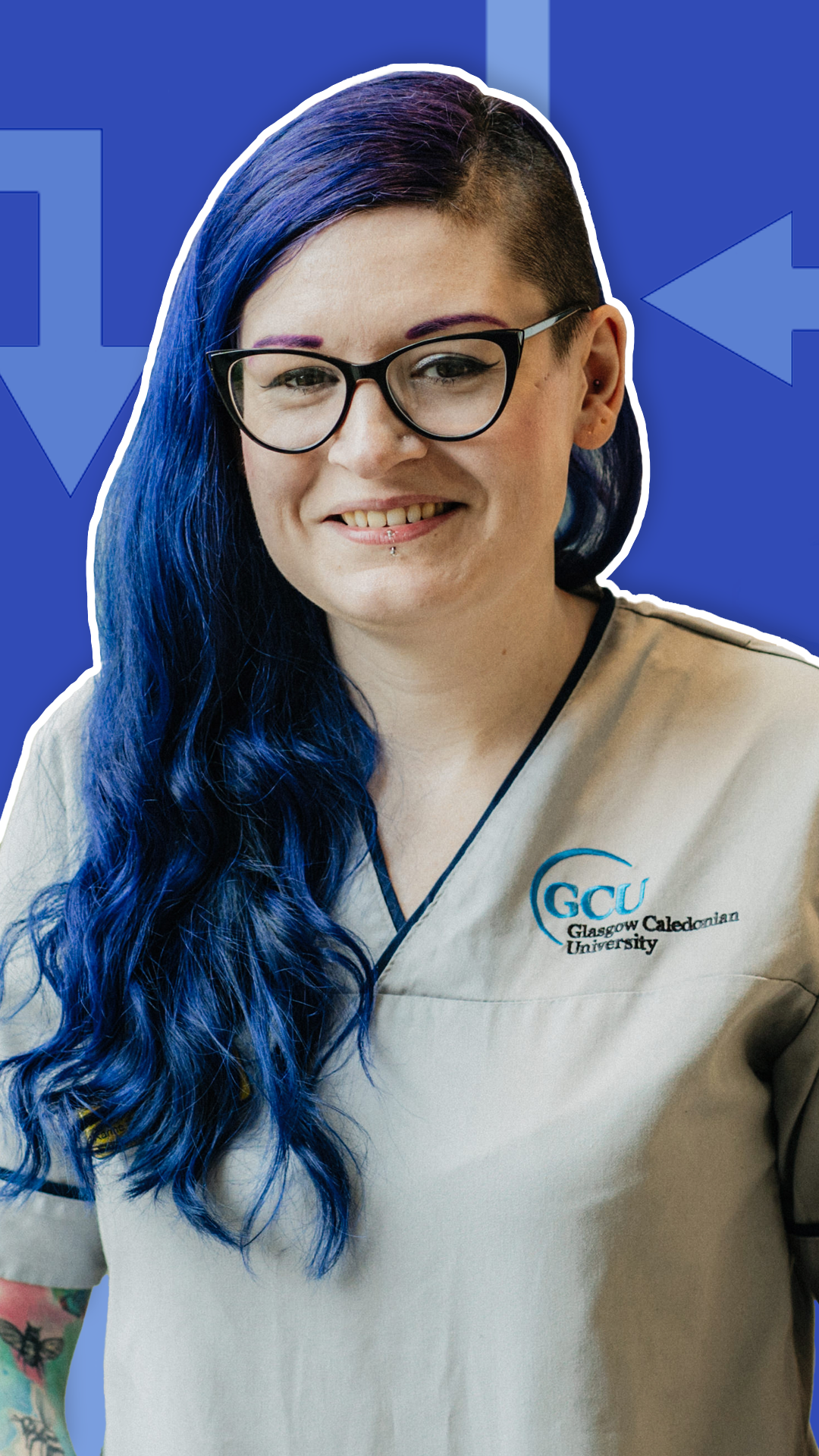
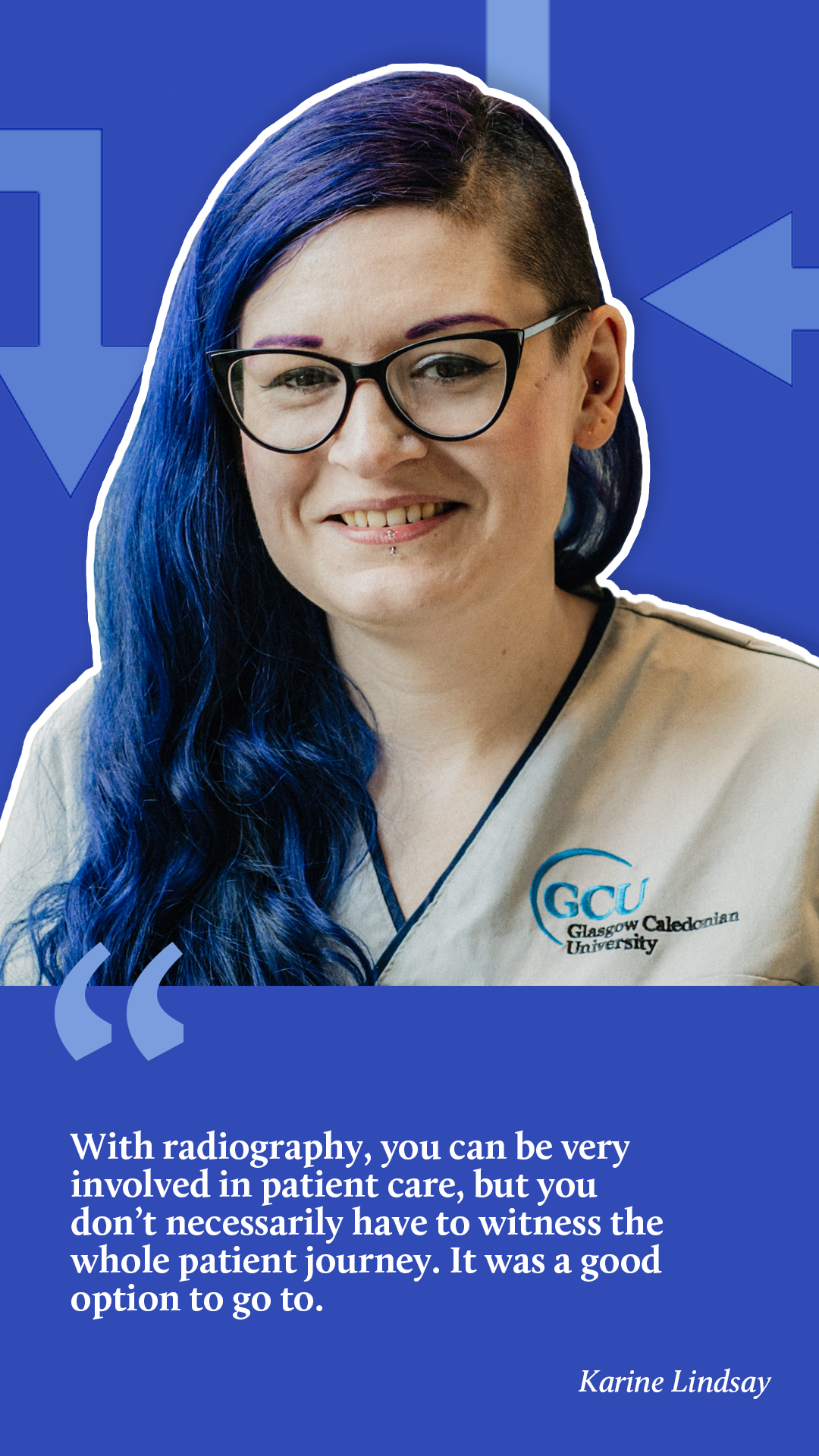
Switching it up
Both Julia and Karine came to study radiography from healthcare-based backgrounds. But the switch is a little more stark for others – particularly if they’ve come from completely unrelated careers.
After returning from Glasgow, Synergy caught up with Lucie Armson, an apprentice Diagnostic Radiographer who made the switch into radiography from a finance career. Lucie was motivated to make the swap by the pandemic, which made her realise that an office job might not be for her. “I was just doing my office job,” she says. “It was a finance job, working from home all day, every day, and I just realised that I didn’t want to be doing an office job for the rest of my life. I didn’t want to be stuck at a desk typing on a keyboard all day long.”
Lucie hadn’t felt drawn to radiography beforehand, instead taking inspiration from a radiography role advertised on the NHS Jobs website, which she says was “the only thing I could picture myself doing”.
“Radiography piqued my interest because I like the technology side of it,” she explains. “I find it absolutely amazing that we can see all the things we do on our images, like an MRI. It’s just so fascinating.
“It was the imaging part of it that interested me the most.”
Switching it up
Both Julia and Karine came to study radiography from healthcare-based backgrounds. But the switch is a little more stark for others – particularly if they’ve come from completely unrelated careers.
After returning from Glasgow, Synergy caught up with Lucie Armson, an apprentice Diagnostic Radiographer who made the switch into radiography from a finance career. Lucie was motivated to make the swap by the pandemic, which made her realise that an office job might not be for her. “I was just doing my office job,” she says. “It was a finance job, working from home all day, every day, and I just realised that I didn’t want to be doing an office job for the rest of my life. I didn’t want to be stuck at a desk typing on a keyboard all day long.”
Lucie hadn’t felt drawn to radiography beforehand, instead taking inspiration from a radiography role advertised on the NHS Jobs website, which she says was “the only thing I could picture myself doing”.
“Radiography piqued my interest because I like the technology side of it,” she explains. “I find it absolutely amazing that we can see all the things we do on our images, like an MRI. It’s just so fascinating.
“It was the imaging part of it that interested me the most.”
Making the most of opportunities
Lucie ultimately decided to go down the apprenticeship route, after first completing a Radiography Access to Higher Education Diploma in the evenings and weekends to gain the necessary UCAS points.
Firmly on the road to radiography at that point, she decided to stick with the diagnostic route after taking advice from a colleague. “I was working in a radiography department at the time I was applying for the apprenticeship, and I saw that there was also a therapeutic radiography apprenticeship,” she explains.
“I did like the idea of that too, but one of my colleagues put me off it because she said: ‘Oh, it’s more specialised, so it might be harder for you to get a job. There’s more opportunities for Diagnostic Radiographers.’”
Lucie says this dissuaded her from pursuing therapeutic radiography. Looking back, she believes she wouldn’t have struggled to find a job: “Job opportunities were the reason I chose diagnostic rather than therapeutic, but that was just based on what someone told me.”
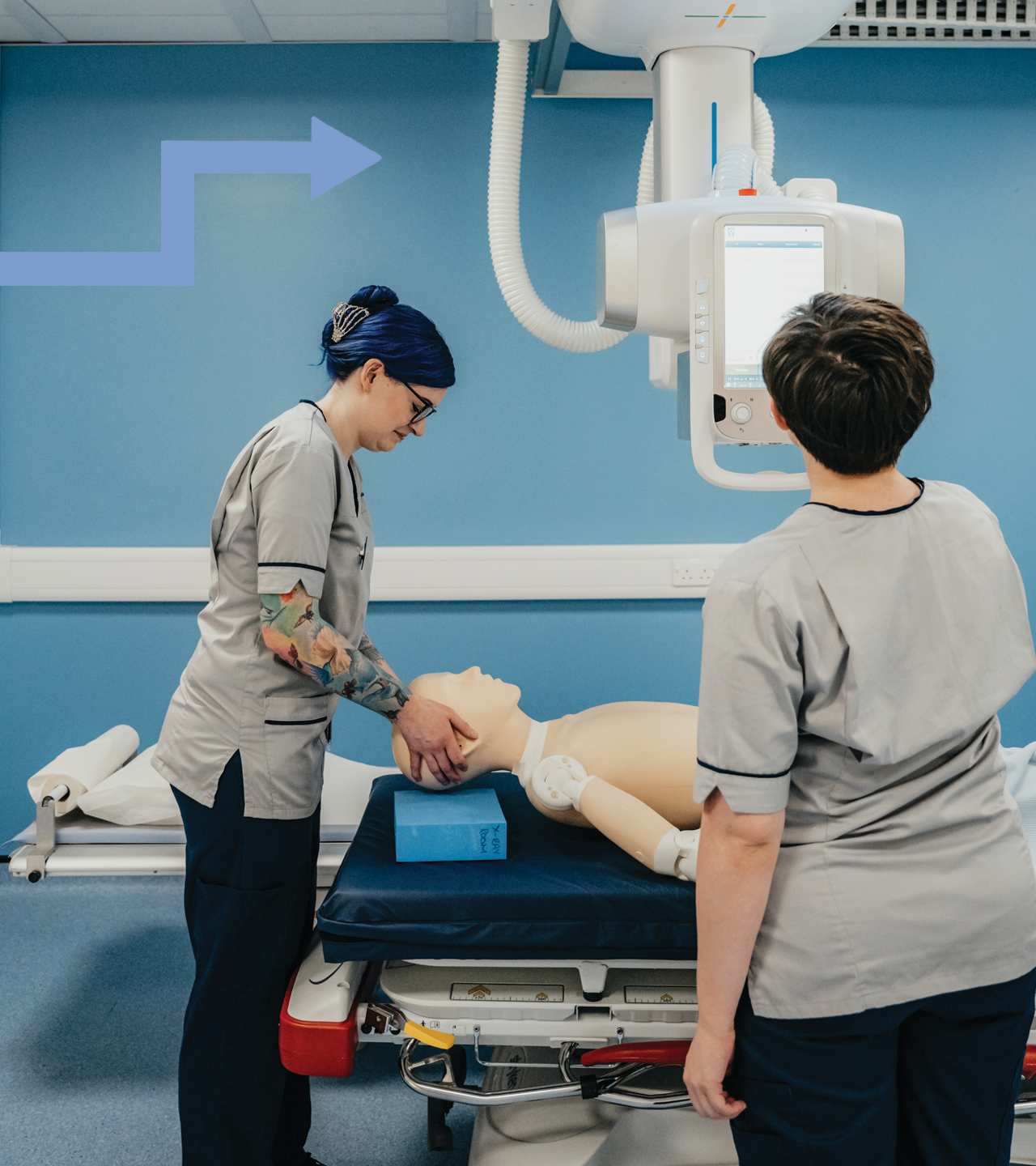
Making the most of opportunities
Lucie ultimately decided to go down the apprenticeship route, after first completing a Radiography Access to Higher Education Diploma in the evenings and weekends to gain the necessary UCAS points.
Firmly on the road to radiography at that point, she decided to stick with the diagnostic route after taking advice from a colleague. “I was working in a radiography department at the time I was applying for the apprenticeship, and I saw that there was also a therapeutic radiography apprenticeship,” she explains.
“I did like the idea of that too, but one of my colleagues put me off it because she said: ‘Oh, it’s more specialised, so it might be harder for you to get a job. There’s more opportunities for Diagnostic Radiographers.’”
Lucie says this dissuaded her from pursuing therapeutic radiography. Looking back, she believes she wouldn’t have struggled to find a job: “Job opportunities were the reason I chose diagnostic rather than therapeutic, but that was just based on what someone told me.”
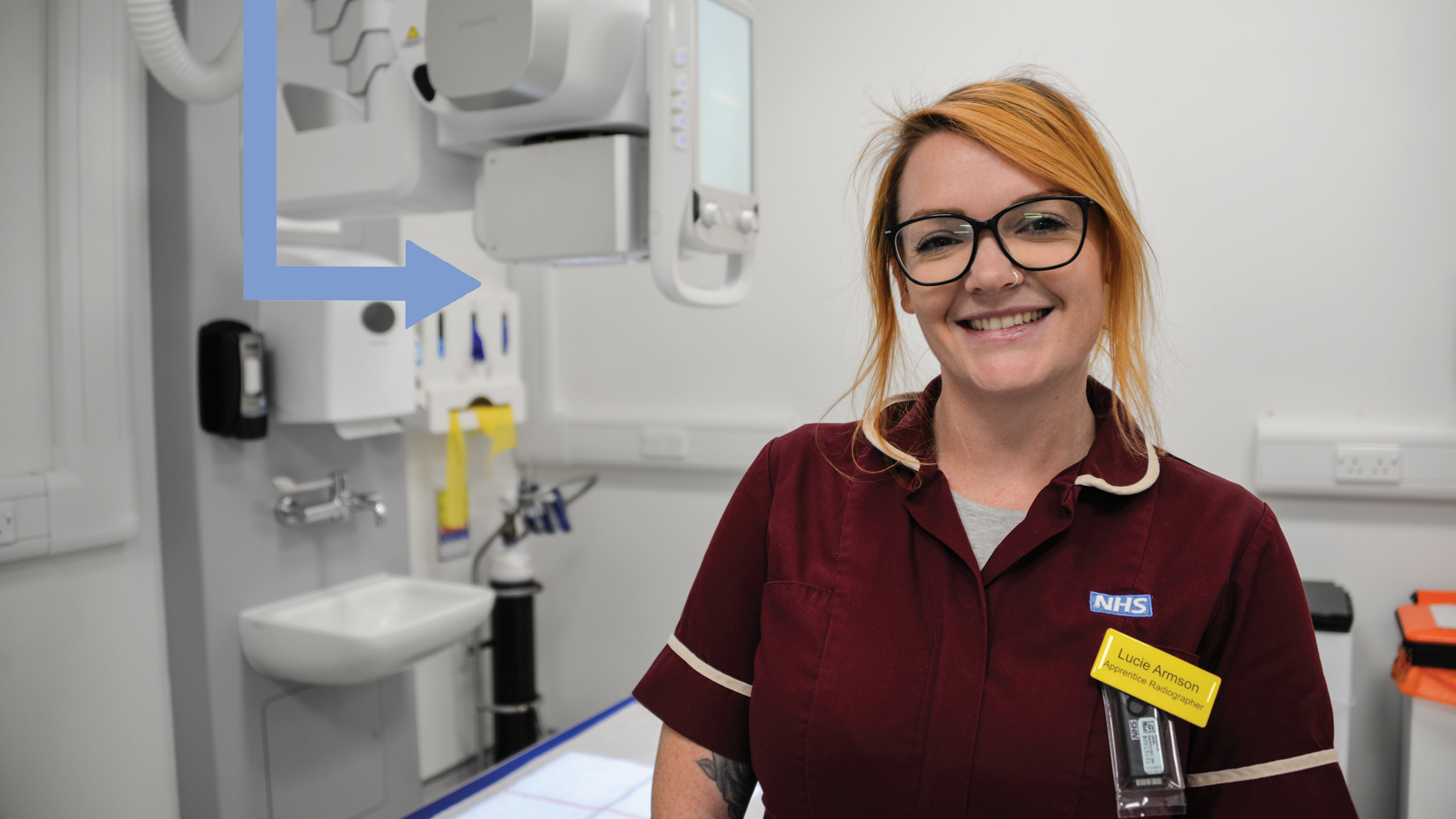
Career-changer Lucie Armson
Career-changer Lucie Armson
‘Go for it’
From experience, Lucie knows that switching careers can be daunting. “I was 28 when I decided to do it,” she recounts. “I remember sitting there, about to press the confirm button on the Diploma to Access course, and I was thinking: 'Is this what I want to do? I’m really committing to this now. Is this right?”
Ultimately, it was the right decision for her. Although it was a “massive commitment”, Lucie says she’s much happier now – and completely encourages others to go for it. “I’m so much happier than I was in my previous jobs. It was a risk, but it paid off.
“I just want people who might be in a similar situation to bite the bullet, to not be scared or worried about whether it’s the right choice or not, but just go for it. It is scary, but it’s worth it in the end.”
‘Go for it’
From experience, Lucie knows that switching careers can be daunting. “I was 28 when I decided to do it,” she recounts. “I remember sitting there, about to press the confirm button on the Diploma to Access course, and I was thinking: 'Is this what I want to do? I’m really committing to this now. Is this right?”
Ultimately, it was the right decision for her. Although it was a “massive commitment”, Lucie says she’s much happier now – and completely encourages others to go for it. “I’m so much happier than I was in my previous jobs. It was a risk, but it paid off.
“I just want people who might be in a similar situation to bite the bullet, to not be scared or worried about whether it’s the right choice or not, but just go for it. It is scary, but it’s worth it in the end.”
More about changing careers to radiography
If you know anyone who is considering changing careers to become a radiographer, the SoR has a range of resources available to inform their decision.
Image credit:
Eva Slusarek
Getty Images
Read more



